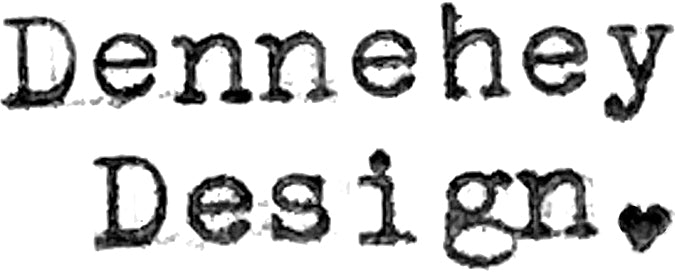
I've been making charcuterie boards from reclaimed Indian Rosewood (Sheesham) for years now. Making boards like this is a rewarding and easy process. It's a great project for beginners because it only takes a few simple tools to get the job done.
I've made many different types of uniquely shaped serving boards over the years and I've developed a set of plans and templates that document the tips and tricks I've picked up along the way and give you a guide for the organic contours of 12 of my most popular boards.
Get your Charcuterie Board DIY Plans & Templates here.
Here's the list of tools and supplies you'll need to build these boards:
Tools & Supplies
- Wood Bell Forest Products is a great place to buy wood online.
- Wax pencil For marking on dark woods.
- Band saw or scroll saw Either one will work.
- Drill Cordless is nice. This one is a great value.
- Drill bits A metal drill index is a valuable addition to your arsenal. This one is compact, sturdy, and it can be used to gauge what size hole is needed for any screw by removing the bit and inserting the screw in the opening.
- Rotary file To round off the drilled handle hole.
- Bench vise To hold the wood in place while you're rounding off the edges.
- Shinto saw rasp This rasp is excellent for organic handmade shapes.
- Rasp For rounding the concave edges of the handles.
- Belt sander To smooth off the surface and shape the corners.
- Orbital sander I held off buying this for too long. Game-changing sander!
- Sandpaper 3M Variety pack is the best way to get started.
- Rags For applying the finish.
- Walrus Oil A fantastic food-safe mineral oil finish.
- Wood Wax A final coat of luster for your board.
Safety
- Dust mask Save your lungs
- Safety glasses To protect those peepers!
Related
Read about how to care for your boards so they maintain their luster and beauty for years in this post.
Disclaimer: Affiliate links are used in this post. I may make a small commission if you click and purchase. Thank you for your support!






